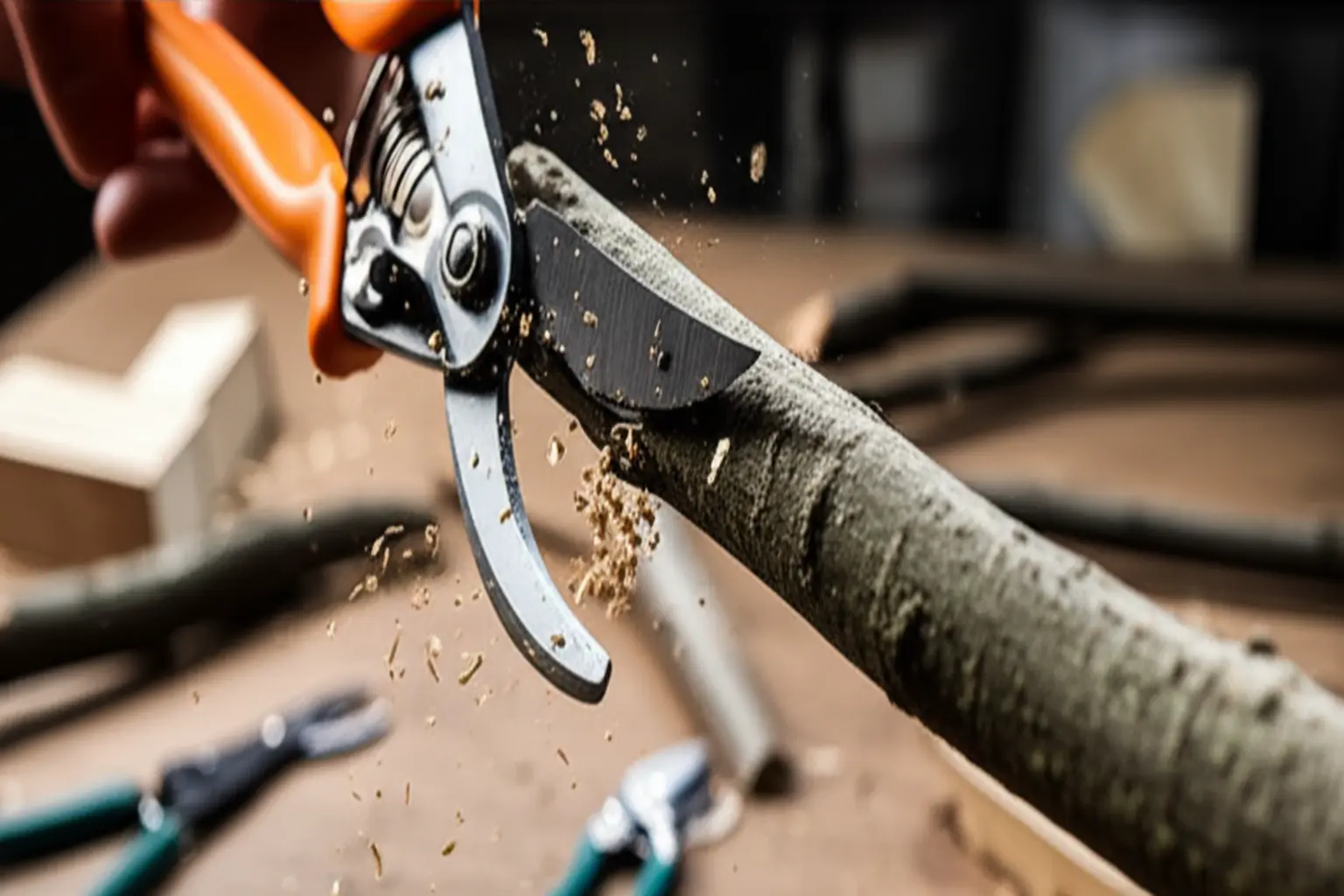1. The Importance of a Pruning Shears Cutting Test
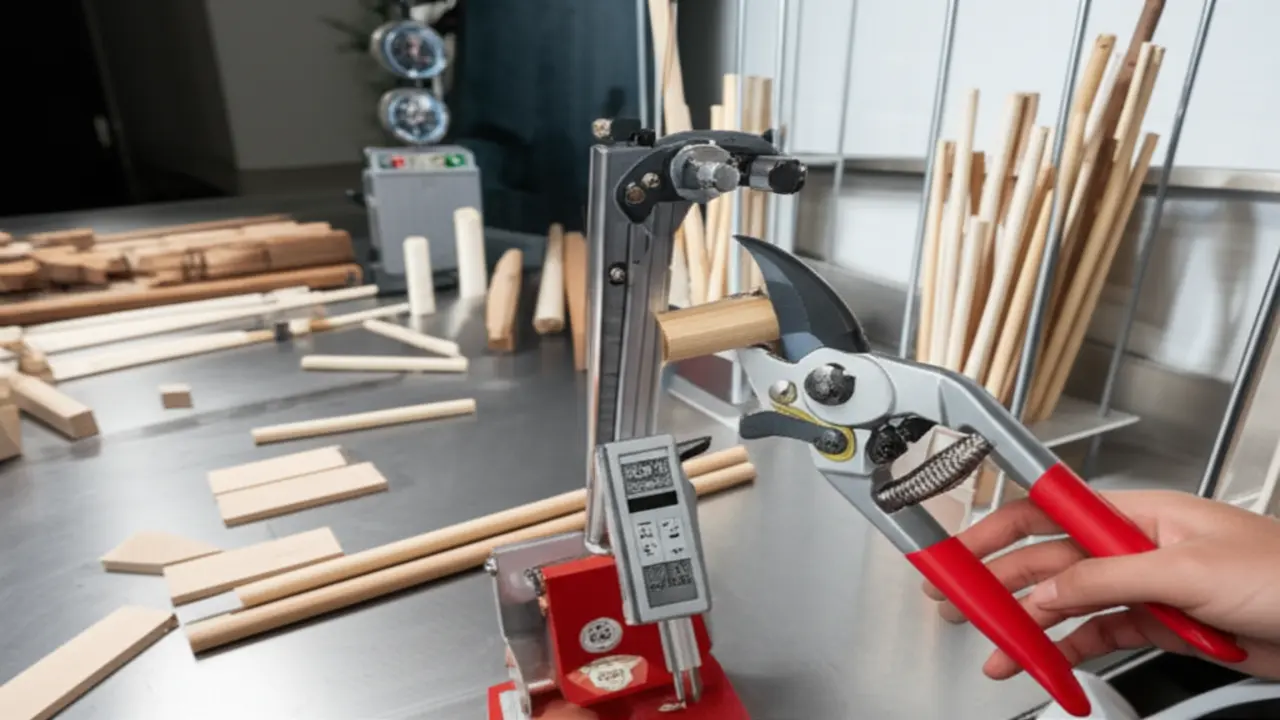
2. Our Rigorous Test Methodology
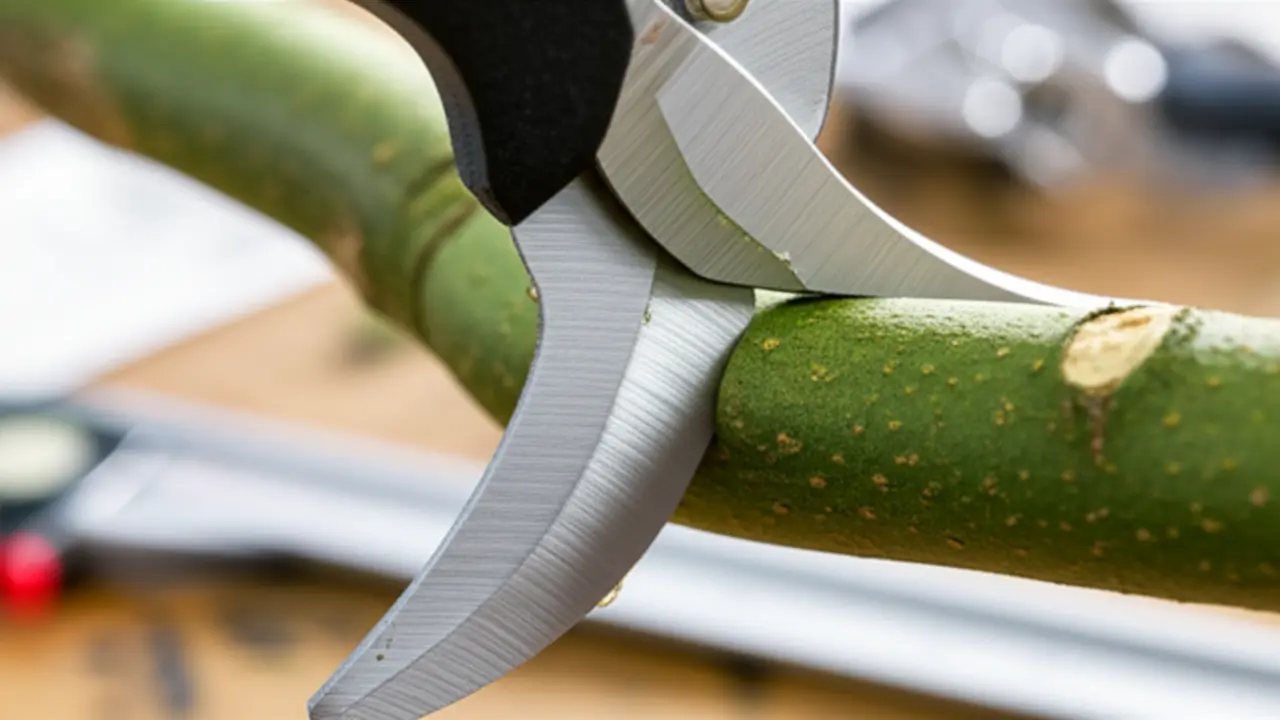
3. Pruning Shears Cutting Test: Performance Metrics & Criteria
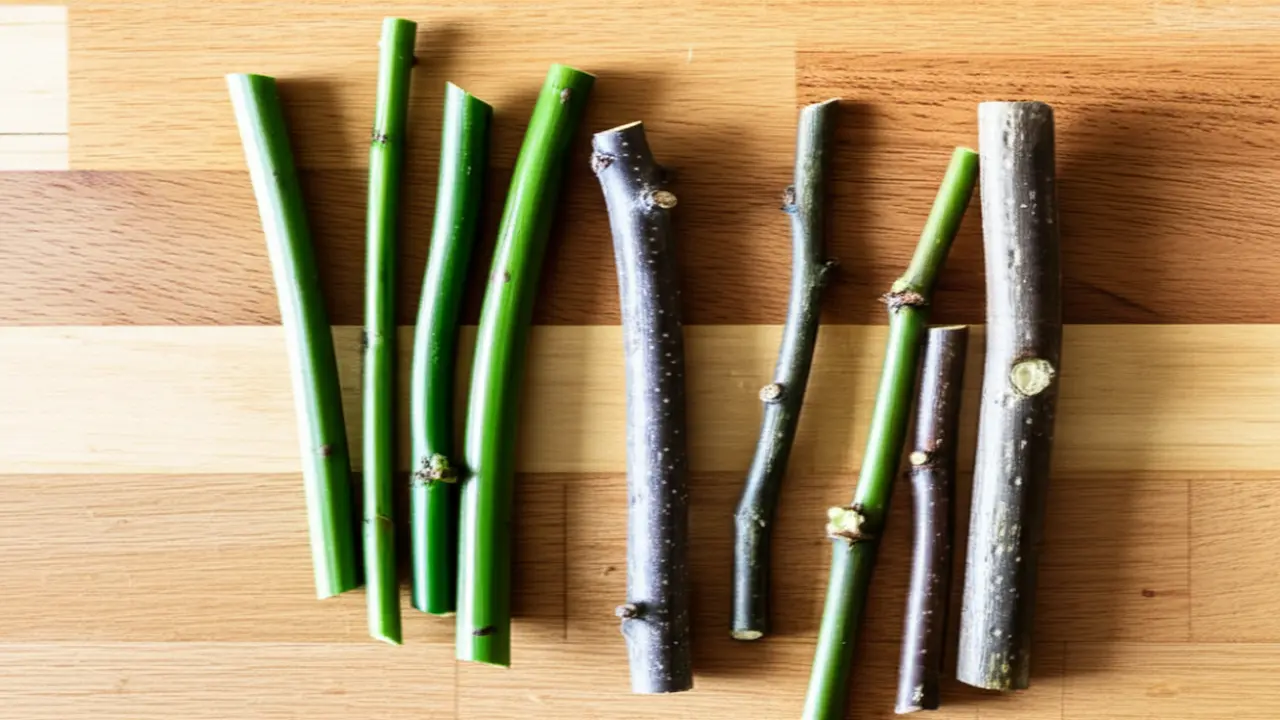
4. Test Results: A Comparative Analysis
5. In-Depth Reviews of Tested Pruning Shears
* Strengths: The ergonomic handles are a standout feature, minimizing hand fatigue during long pruning jobs. Its construction is robust, and all parts are replaceable, making it a long-term investment.
* Weaknesses: The primary drawback is its higher price point. It also requires diligent maintenance, as keeping the blade in optimal condition is crucial. For guidance, see our article on how to sharpen pruning shears.
For serious gardeners who demand precision and durability, the F-2 remains a top contender.
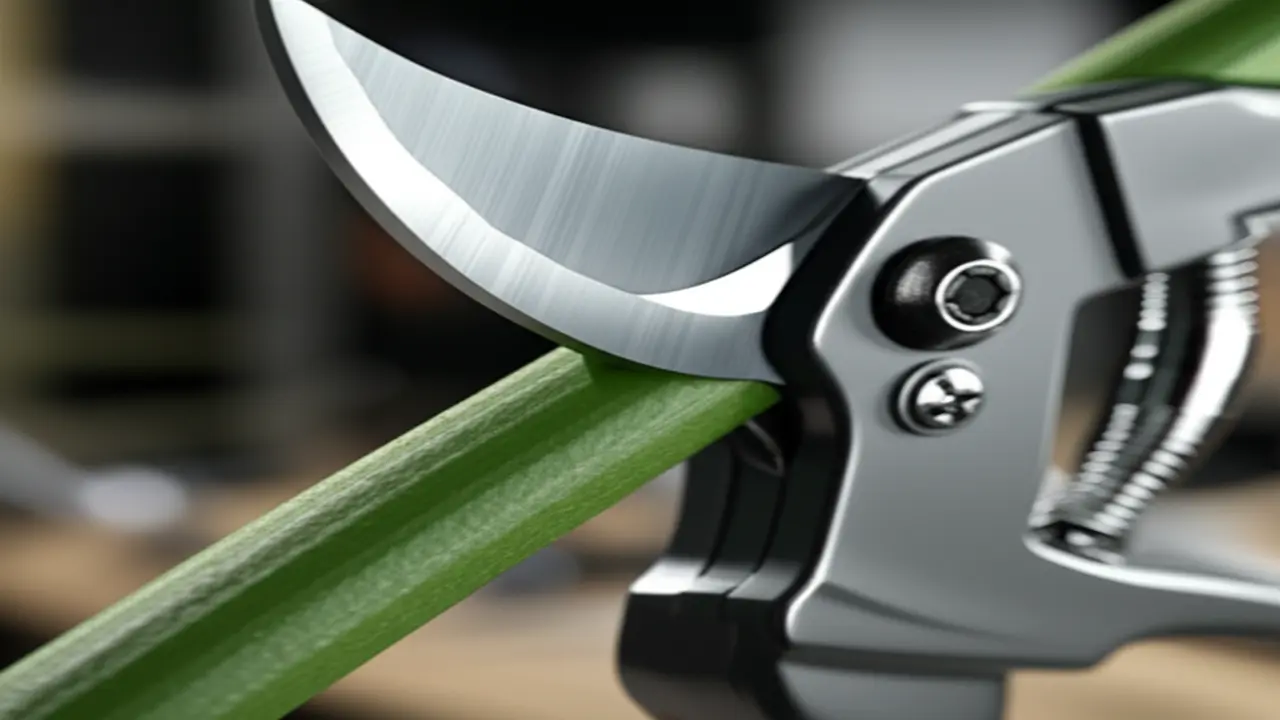
6. Understanding the Impact of Materials and Design
7. Expert Insights: What We Learned from the Cutting Test
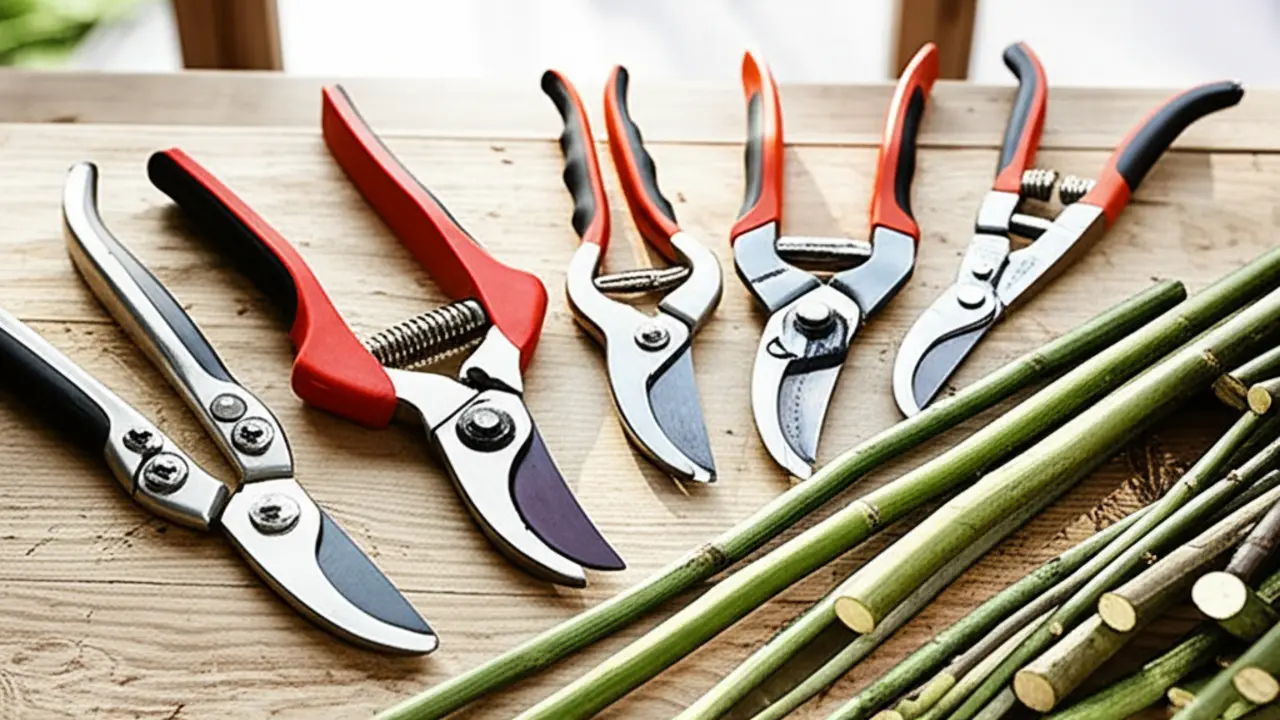
8. Recommendations: Best Pruning Shears Based on Cutting Test Results
* Best Overall Performance: The Felco F-2 Classic Manual Hand Pruner remains the undisputed champion. It delivered consistently clean cuts on both green and woody stems up to one inch in diameter, showing minimal blade wear and superior ergonomic comfort over extended use.
* Best for Thick Branches: For tackling tough, mature wood, the ARS VS-8Z Rotary Hand Pruner excelled. Its unique rotating handle reduces wrist strain, allowing for maximum force application. This model is the top choice for anyone needing specialized pruning shears for thick branches without upgrading to a lopper.
* Best Budget-Friendly Option: The Corona BP 3180D Forged Classic Bypass Pruner provides exceptional value. It performed reliably in our tests, offering sharp, clean cuts on most common garden plants without the premium price tag.

